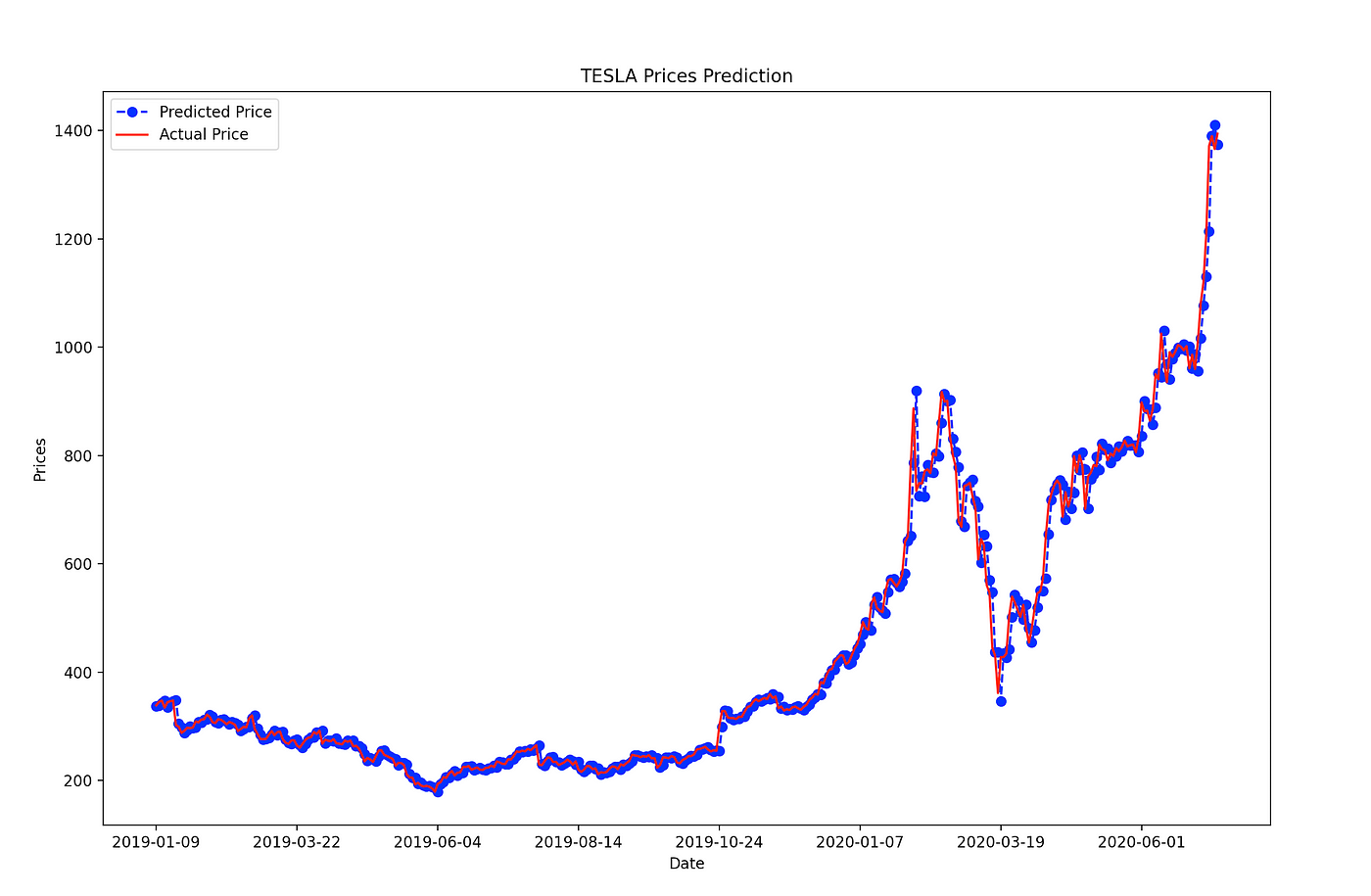
Unveiling the Power of Financial Market Prediction Models
In the fast-paced realm of finance, the ability to predict market movements is a coveted skill. Enter the world of financial market prediction models—an intricate landscape where data, algorithms, and advanced analytics converge to forecast the twists and turns of financial markets.
The Data Symphony: Foundation of Prediction Models
At the heart of financial market prediction models lies a symphony of data. These models absorb vast amounts of financial, economic, and even social data. From historical stock prices and trading volumes to macroeconomic indicators, the data orchestra fuels the predictive capabilities of these sophisticated models.
Machine Learning Marvels: Algorithms at Work
The real magic happens with machine learning algorithms. Financial market prediction models leverage these algorithms to discern patterns, correlations, and trends within the data. Whether it’s decision trees, neural networks, or ensemble methods, these algorithms work tirelessly to uncover insights that guide market predictions.
Time Traveling with Historical Data Analysis
To foresee the future, financial market prediction models often take a trip to the past. Historical data analysis is a cornerstone of these models, allowing them to identify recurring patterns and behaviors. By learning from the lessons of history, these models enhance their ability to anticipate market movements.
Sentiment Analysis: Deciphering Market Emotions
Beyond numbers, financial markets are influenced by human emotions and sentiments. Prediction models have evolved to incorporate sentiment analysis, mining news articles, social media, and other textual data to gauge market sentiment. Understanding the emotional pulse of the market adds another layer to predictive analytics.
Technical Indicators: The Signals of Market Behavior
Technical indicators serve as the signals that guide financial market prediction models. These indicators, ranging from moving averages to relative strength indices, offer insights into market behavior. By interpreting these signals, prediction models attempt to forecast price movements and identify potential entry or exit points.
Macro Factors and Economic Indicators
Financial markets are interconnected with the broader economy. Prediction models factor in macroeconomic indicators—GDP growth, interest rates, inflation, and more. By considering the larger economic landscape, these models gain a holistic view that aids in anticipating market shifts based on fundamental factors.
Adaptive Learning: Evolving with Market Dynamics
Financial markets are dynamic, and successful prediction models adapt accordingly. Adaptive learning mechanisms enable these models to evolve in response to changing market conditions. This adaptability is crucial for staying relevant and effective in an ever-shifting financial landscape.
Challenges and Uncertainties in Market Prediction
While financial market prediction models showcase remarkable capabilities, they are not immune to challenges. Market uncertainties, unexpected geopolitical events, and sudden shifts in investor sentiment can introduce complexities that even the most sophisticated models may struggle to navigate.
Exploring Financial Market Prediction Models at RockawayUpperCrust.com
To dive deeper into the intricacies of financial market prediction models and explore the technologies shaping predictive analytics, visit RockawayUpperCrust.com. The platform offers valuable resources for understanding the nuances of market prediction and staying informed about the latest advancements in financial technology.
The Future of Predictive Analytics in Finance
As financial market prediction models continue to evolve, the future holds exciting possibilities. The integration of artificial intelligence, advancements in data processing capabilities, and the refinement of predictive algorithms paint a promising picture for those seeking to unravel the mysteries of financial markets.












